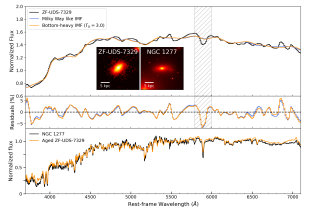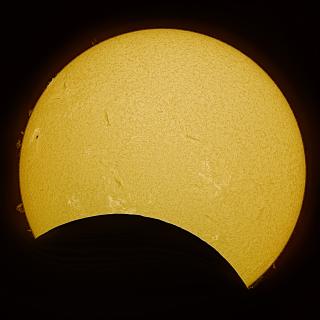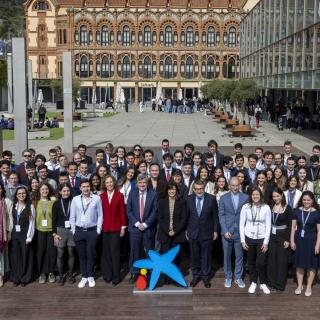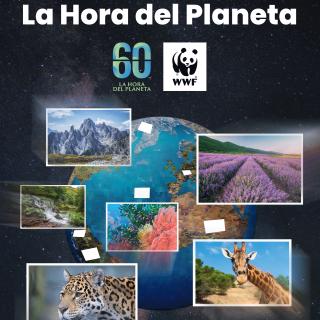
A study published today in Nature Astronomy , in which a researcher from the IAC has participated, outlines the discovery of an extremely rare type of binary system composed of two high mass white dwarfs. The two stars are so close together that they will eventually collide resulting in a supernova explosion which, due to its proximity to the Earth, will appear ten times brighter than the Moon. Type 1a supernovae are a class of cosmic explosion often used as "standard candles" to measure the expansion of the Universe. They occur when a white dwarf exceeds the Chandrasekhar mass - the limit
Advertised on




